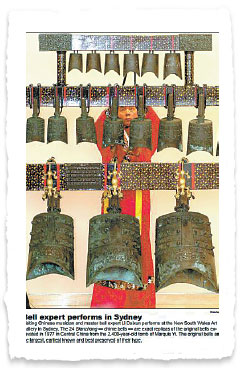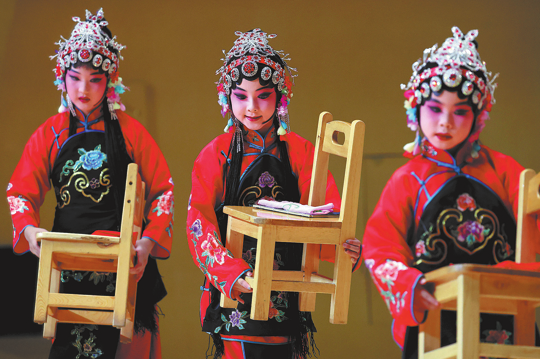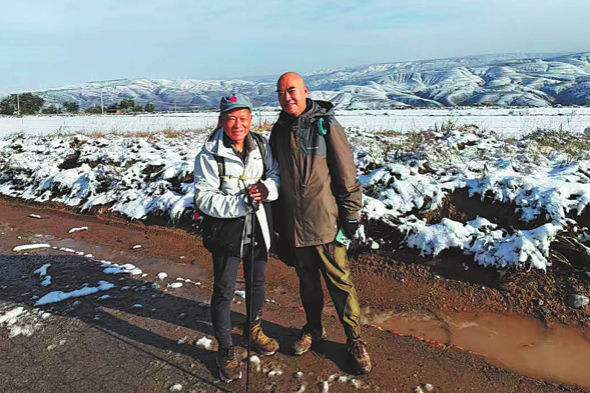This Day, That Year: Jan 9

Editor's note: This year marks the 70th anniversary of the founding of New China.
 On Jan 9, 1983, researchers successfully replicated 28 bells of a bianzhong that belonged to Marquis Yi of Zeng, and was discovered in Hubei province in 1978.
On Jan 9, 1983, researchers successfully replicated 28 bells of a bianzhong that belonged to Marquis Yi of Zeng, and was discovered in Hubei province in 1978.
The bianzhong, a musical instrument consisting of a set of 64 bronze bells, dates back 2,400 years.
In 1984, all the bells on the Marquis' instrument were replicated.
The originals were the largest, earliest known and best-preserved of their type.
The instrument not only illustrates the achievements of ancient China, but also reflects the high degree of intelligence of people in those times.
The original bianzhong has been played twice since its discovery.
In 1978, a group of archaeologists, musicians and artillerymen used it to play several songs, including The East is Red.
In 1984, the bells were struck again to celebrate the 35th anniversary of New China's founding in Beijing.
Researchers later discovered that the performances had damaged the bells, so they were recast as a protective measure.
In 2002, the old bells were included in a list of the first batch of cultural relics that were not allowed to be exhibited overseas.
The original bells are displayed at the Hubei Provincial Museum in Wuhan.
Five copies have been made for other museums, allowing people to enjoy the ancient music.
In 1984, the museum in Hubei founded an orchestra to promote bianzhong music, and to allow researchers to study the instrument and performance methods.
The orchestra has performed in more than 10 countries, including Japan, the United States and Italy. An item in China Daily on Jan 10, 2001, showed visiting musician Li Daixun performing at the New South Wales Art Gallery in Sydney.
- Co-hosting Games enriches 'one country, two systems'
- China's top court highlights domestic violence cases to raise awareness
- Tibetan large language foundation model launched in Lhasa
- Macaque survives over a year after pig kidney transplant in China
- Chinese scientists develop broad-spectrum nanobodies for tick fever treatment
- Senior CPC official attends meeting on Beijing's planning, construction




































